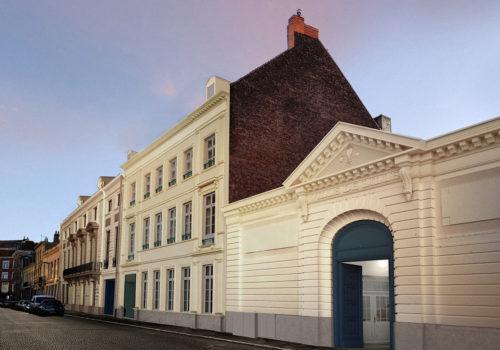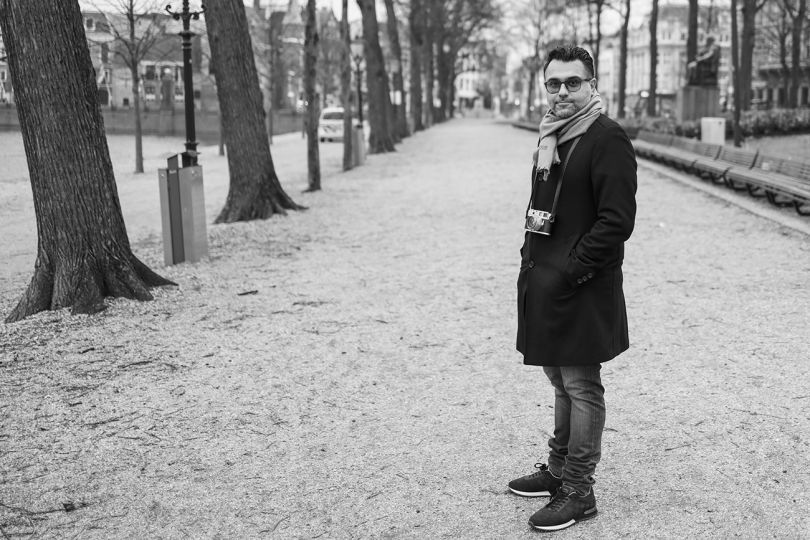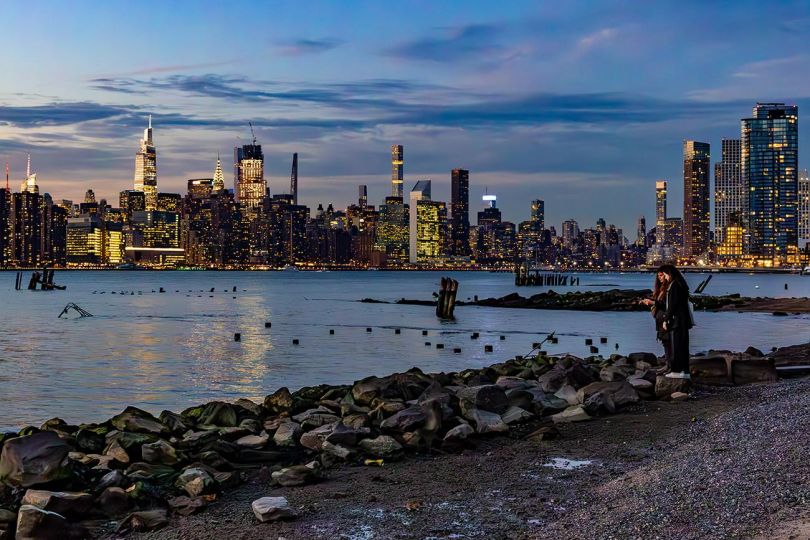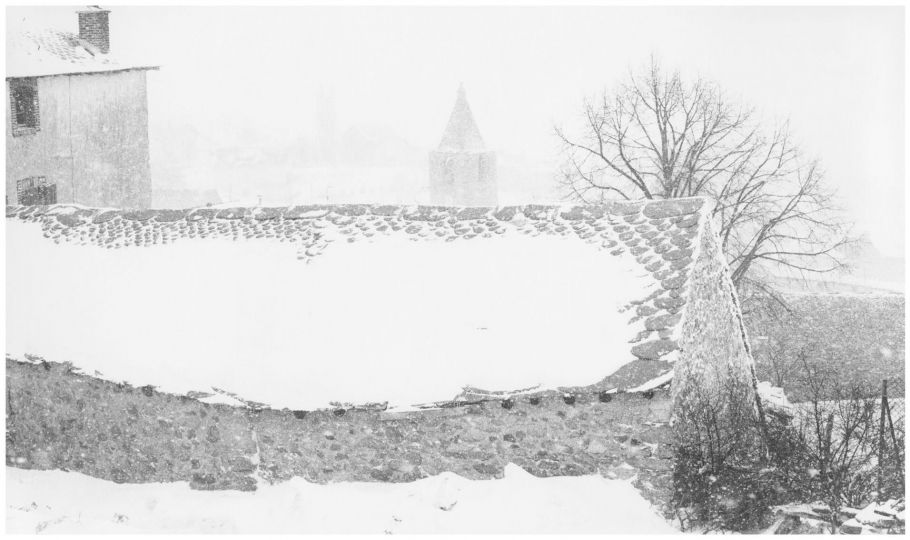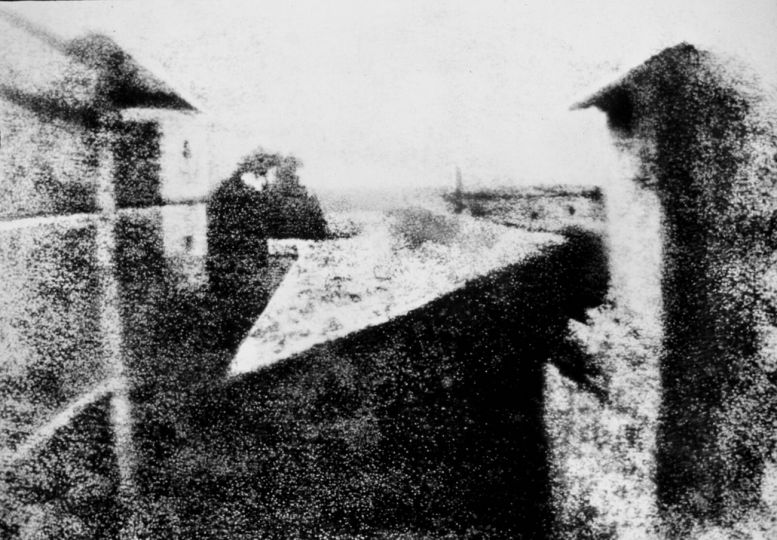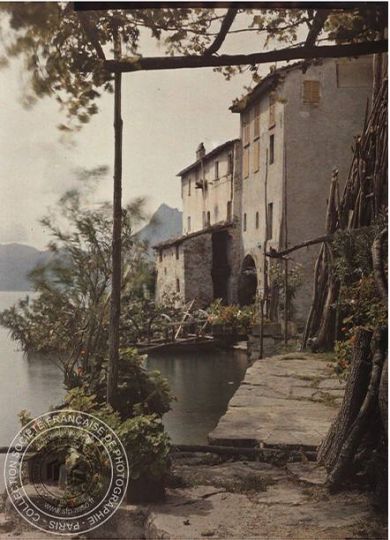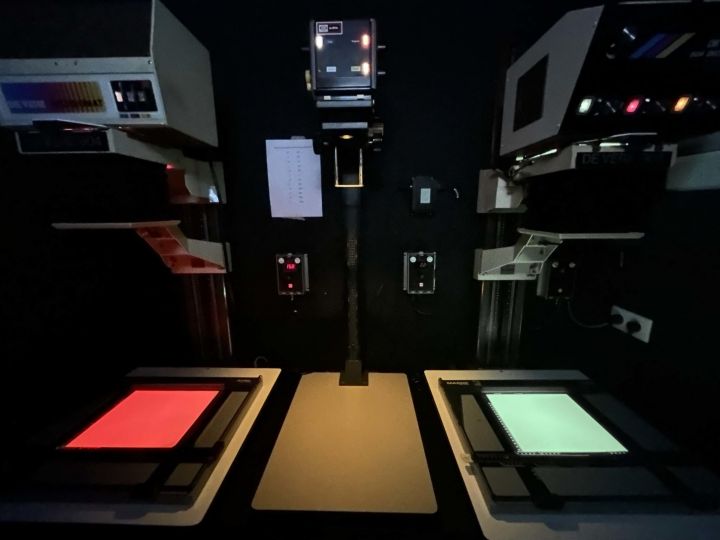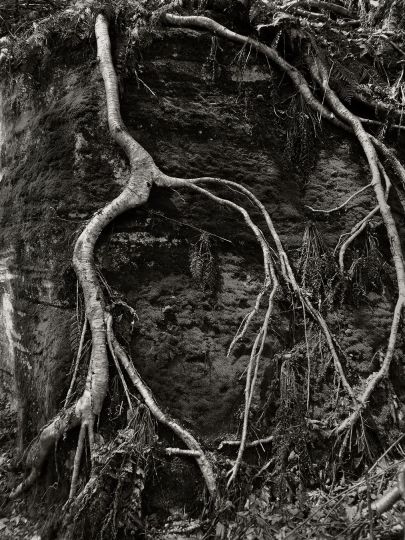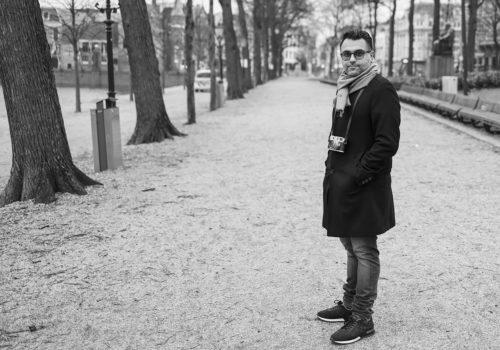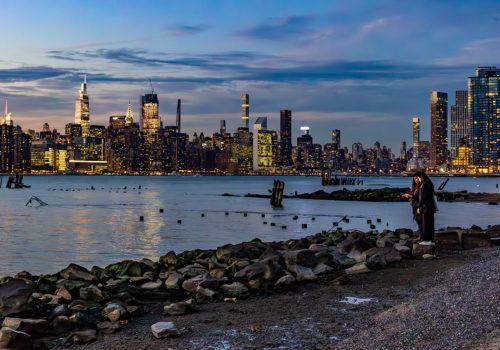Since 2018, Marin Karmitz has chaired the Institute for Photography in Lille. While a new program takes place this fall before a major phase of work for an opening in 2026, he tells us about the Institute’s project and the importance of preserving the photographers’ archives in the best possible way.
What is the genesis of the project?
It’s part of a thought I had about photography. For many years, I have been on the board of directors of the Rencontres de la Photographie in Arles. Thanks to Arles and not only, we are in a leadership position in France in the field of photography. This is perhaps the only leadership we have left… It is no longer painting, it is no longer sculpture, it is no longer music, etc. Arles is the equivalent of the Cannes Festival for photography. We bring together people from all over the world who come, who see each other, who discuss… Arles has the advantage of covering Spain, Italy and the Mediterranean basin, not to mention the southern region itself which is very rich in cultural events and with people who love these events, who visit them… When Sam Stourdzé suggested that I think about this Institute for Photography in Lille, which was born in his imagination and that of Xavier Bertrand, the president of the Hauts region -de-France, I said to myself, if I look closely, I see that there is Arles, there is Paris – Paris is also what helps France to be the world capital of photography through Paris Photo, but also the institutions and galleries located there… – we are therefore going to go to the Northern region with this fantastic project! Because here it is also near Belgium, Germany, England, Holland…

